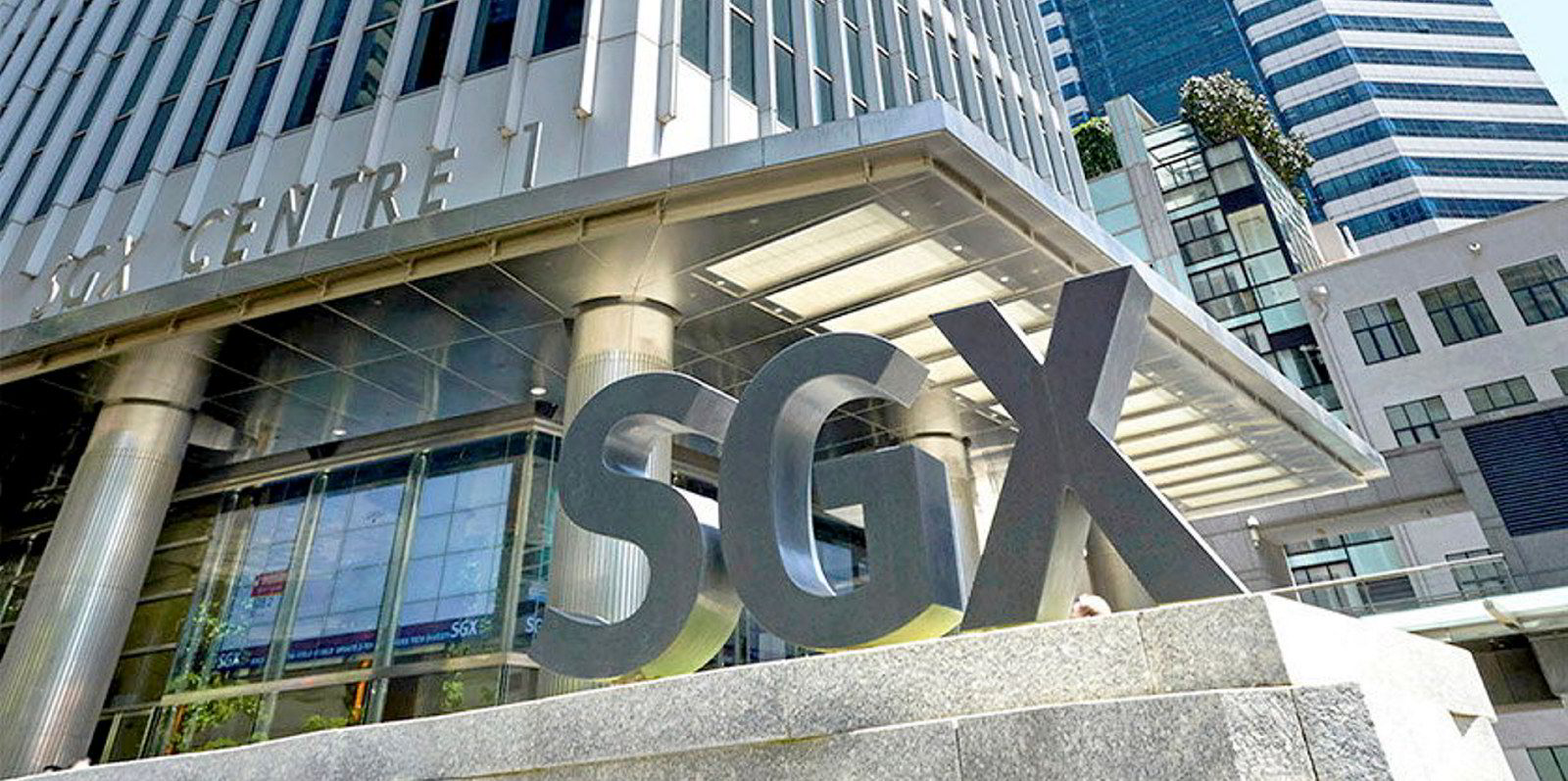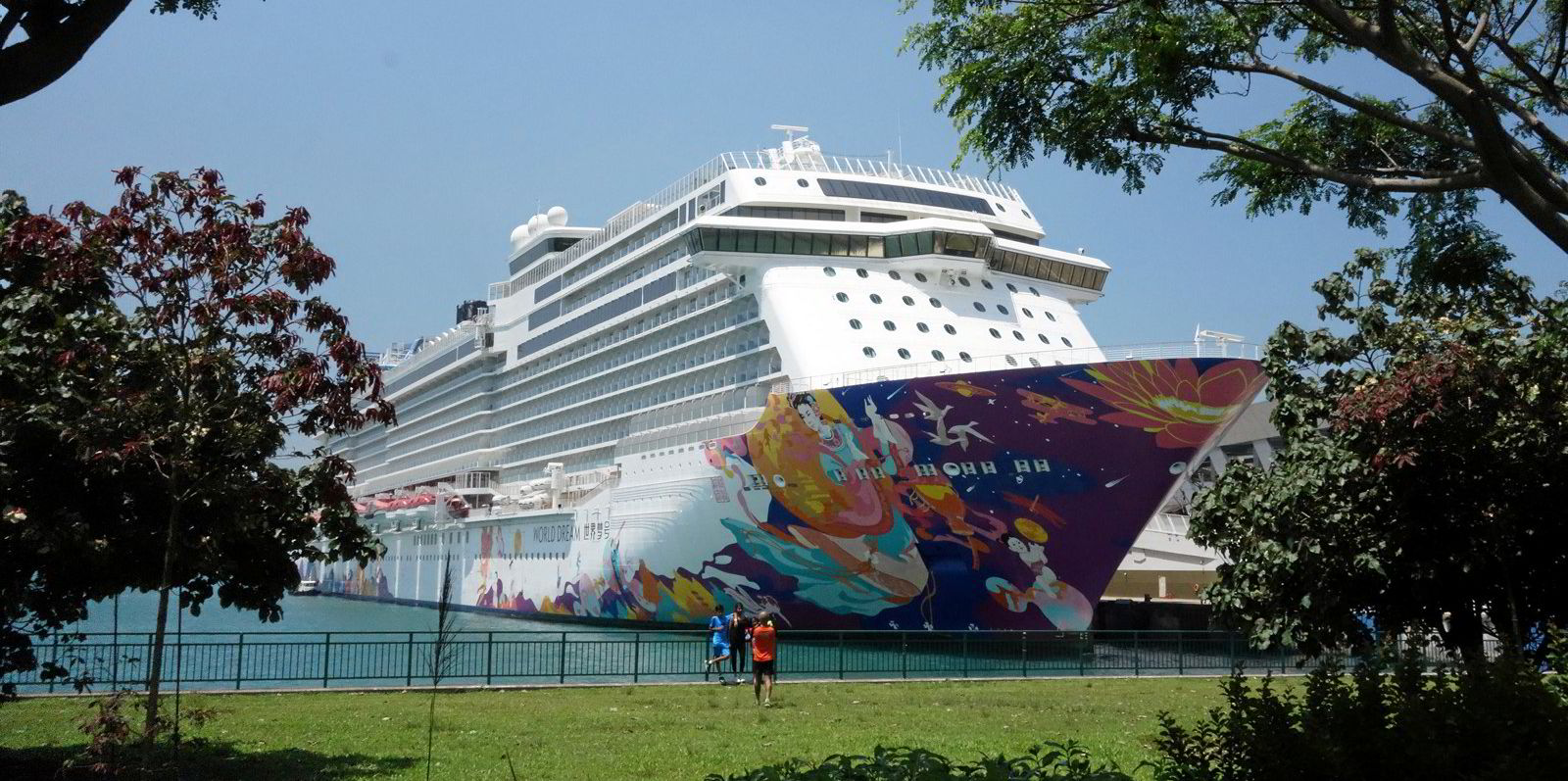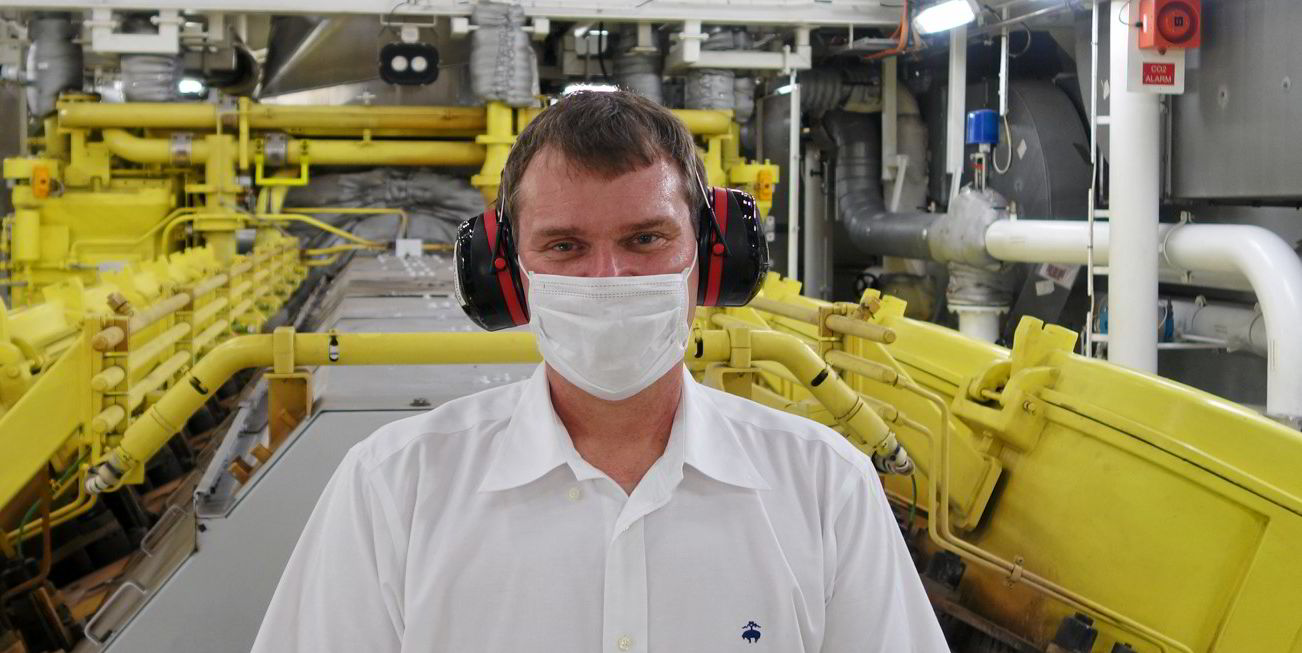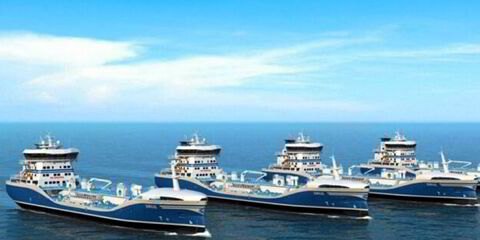Cruise waste-handling company Shanaya Limited has listed in Singapore following a reverse takeover of an existing listed company.
It has listed on Singapore’s sponsor-supervised listing board Catalist, which is modelled on the London Stock Exchange's Alternative Investment Market (AIM).
Shanaya is engaged in the provision of waste management and disposal services to industrial and commercial clients.
The company describes itself as one of the leading waste management companies in Singapore, specialising in serving the shipping and cruise industries.
“The listing on the Singapore Exchange marks the beginning of an exciting phase in Shanaya’s growth and attests to the strength of the Shanaya brand in the waste management and recycling industry in Singapore,” said Shanaya chief executive Mohamed Gani Mohamed Ansari.
“This would definitely enhance our visibility as a leading waste management, treatment, and recycling service provider for the shipping and cruise industries in Singapore.”
More importantly, he said it will position the company to better access the capital markets as it continues to expand its waste management operations with the enlarged capacity at its new facility in Tuas.
Shanaya, which has an estimated market capitalisation of SGD 27.1m ($20m), currently owns and operates two waste management facilities with a combined waste-handling capacity of 250 tonnes per day and waste storage capacity of 550 tonnes per day.
The company, which was incorporated in 2002, posted a profit after tax of SGD 842,754 for the 2019 financial year on revenue of SGD 5.9m, according to a regulatory filing.
Shanaya has said it aims to leverage off Singapore’s aim to become a major regional cruise hub for Asia. However, those ambitions have been curtailed over the last 18 months or so by the Covid-19 pandemic.
The city-state is currently restricted to “cruise to nowhere” voyages run by Malaysia’s Genting Cruise Lines and US cruise giant Royal Caribbean International.
Genting Cruise’s Dream Cruises deploys its 150,600-gt World Dream (built 2017) on the sailings, while Royal Caribbean utilises the 169,000-dwt Quantum of the Seas (built 2014).
Prior to the Covid-19 outbreak, the cruise industry in Asia was experiencing double-digit growth as cruise lines set their sights on emerging destinations and consumer markets in this part of the world.
In particular, South East Asia had been singled out as a region with immense potential to be the ‘Caribbean of the East’.





